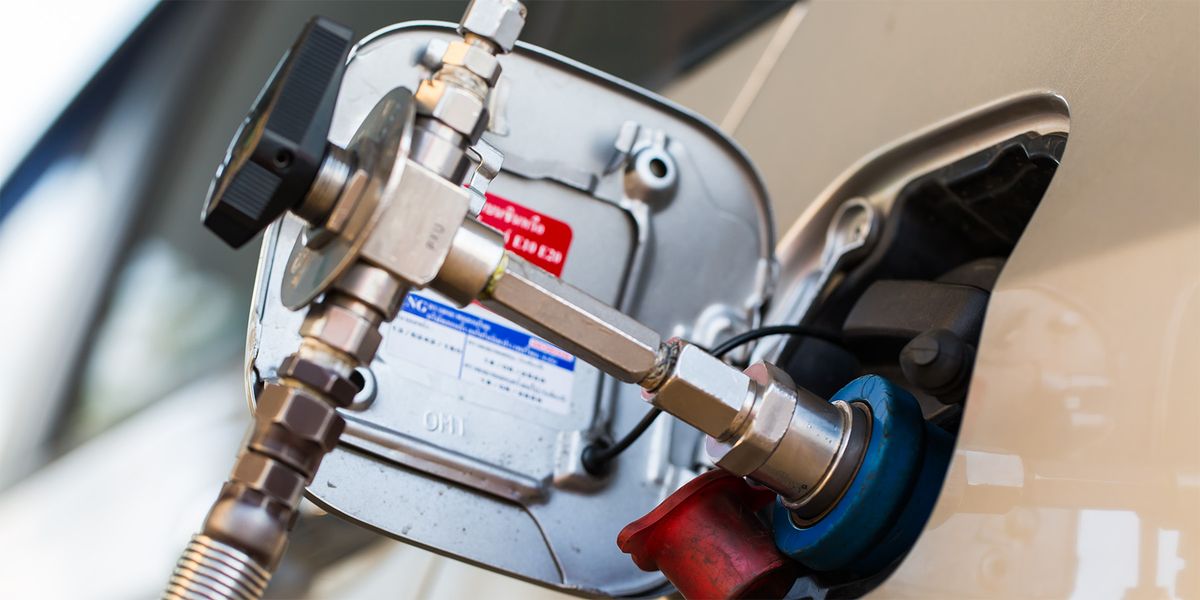
Tactics for Responding to Alternative Fuel Vehicle Incidents
Posted: Feb. 29, 2024
- Find similar articles:
- Hazmat
Firefighters should be familiar with the fuel systems used in alternative fuel vehicles so they will be able to recognize the fuel types and placards for each type of fuel. This awareness will inform firefighters’ approach to the scene and selection of appropriate firefighting tactics.
Available critical information for dealing with alternative fuel incidents includes:
- Training Tips for compressed natural gas (CNG) vehicles from the Los Angeles City Fire Department.
- Tips from Training & Safety: CNG Vehicle Explosion from the New York City Fire Department (FDNY).
- Tips from Training & Safety: LPG vs. CNG Vehicle Fires from the FDNY.
Each of these documents offers a brief overview of the essential information firefighters need to know. The documents also provide links to additional training videos and example procedures for responding to incidents involving alternative fuel vehicles.
Why is this important?
Fires involving alternative fuel systems are different from fires in traditional gasoline-powered vehicles.
- CNG: If the pressure relief device on a CNG cylinder is cooled, it might not activate. This can result in a catastrophic cylinder failure (high-pressure gas rupture). Exploding cylinders can rocket.
- Liquified petroleum gas: There is a great possibility that a cylinder involved in a fire will “BLEVE” (Boiling Liquid Expanding Vapor Explosion). A BLEVE can occur in a matter of minutes. A satisfactory performance of a relief valve cannot prevent a BLEVE. When a BLEVE occurs in a propane cylinder, it will usually result in an explosion and fireball with the cylinder becoming a flying projectile.
This article is based on content in the
Feb. 29, 2024 InfoGram.
